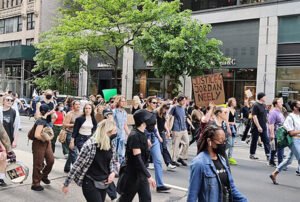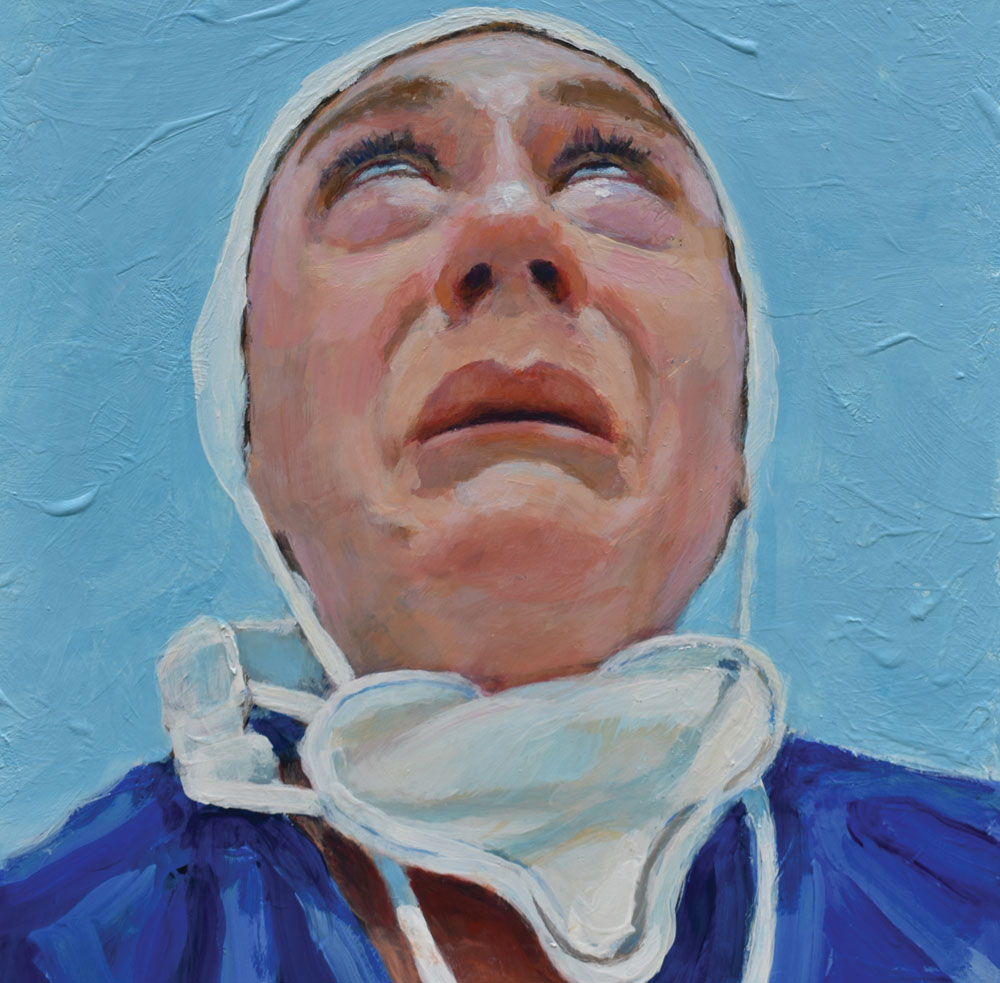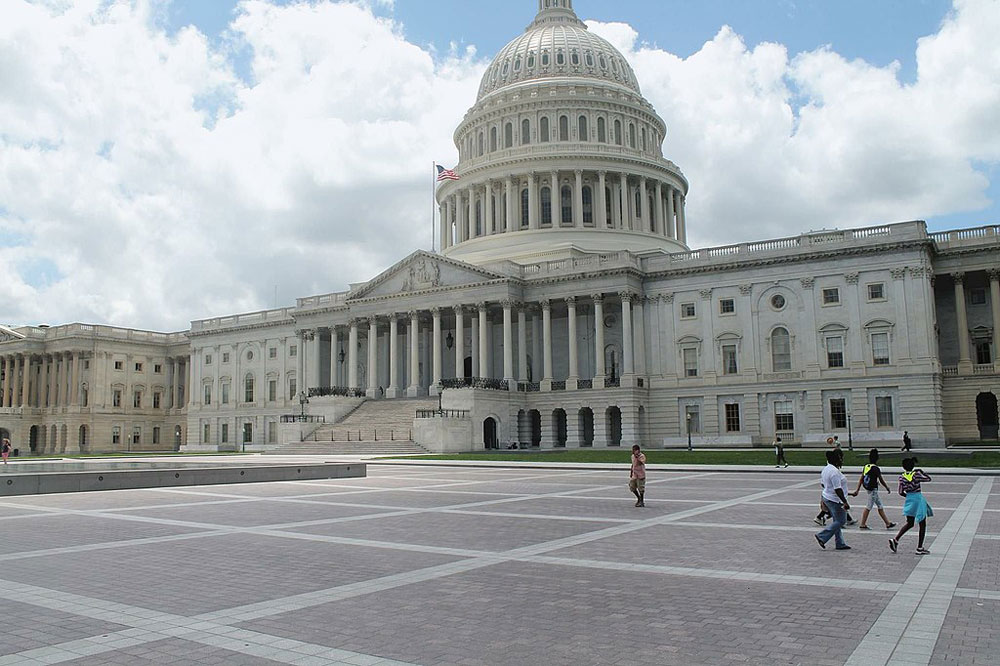April 27, 2015; Slate
As in Ferguson, the reaction in Baltimore to the death in custody of Freddie Gray is revealing a much broader set of issues. This article from Slate details statistically the realities of life in the neighborhood where Gray grew up and was arrested.
One of the most horrific of those statistics is in the mortality rate for people between the ages of 25 and 44, which was 44 percent higher in Sandtown-Winchester/Harlem Park than for the same demographic citywide, according to a report developed by the health department in 2011.
Sign up for our free newsletters
Subscribe to NPQ's newsletters to have our top stories delivered directly to your inbox.
By signing up, you agree to our privacy policy and terms of use, and to receive messages from NPQ and our partners.
The article states that the neighborhood has an “unemployment rate of one in five (nearly double that of Baltimore as a whole), almost a third of families living in poverty, and more than half of all households earning less than $25,000 a year. Abandoned lots and unsound housing conditions were exceedingly common, with almost a quarter of all the neighborhood’s buildings standing vacant (compared with five percent of buildings across all of Baltimore) and the rate of lead paint violations almost four times as high as it was citywide.”
Finally, “Baltimore saw 145.1 kids out of every thousand arrested between 2005 and 2009; in Sandtown-Winchester/Harlem Park, that number was 252.3.”
The Baltimore Sun pointed out in an op-ed about why Gray, who apparently was not doing anything wrong beyond making “eye contact” with an officer, ran, “The per capita arrest rate for African Americans in Baltimore is more than three times that for other races, and it’s not just a matter of blacks committing more crimes. Things people get away with in nice neighborhoods are the subject of heavy enforcement in places like Sandtown-Winchester. For example, though whites and blacks smoke marijuana at about the same rate, the per capita marijuana possession arrest rate for blacks in Baltimore was 5.6 times higher than that for whites in 2010, according to an analysis by the ACLU. The marijuana possession arrest rate declined by 20 percent in the five years after the peak of O’Malley-era zero-tolerance policing, but the arrest rate for blacks increased by 20 percent. The Sun’s Justin Fenton this week reported on a man’s arrest for jaywalking near a Freddie Gray protest.”—Ruth McCambridge












